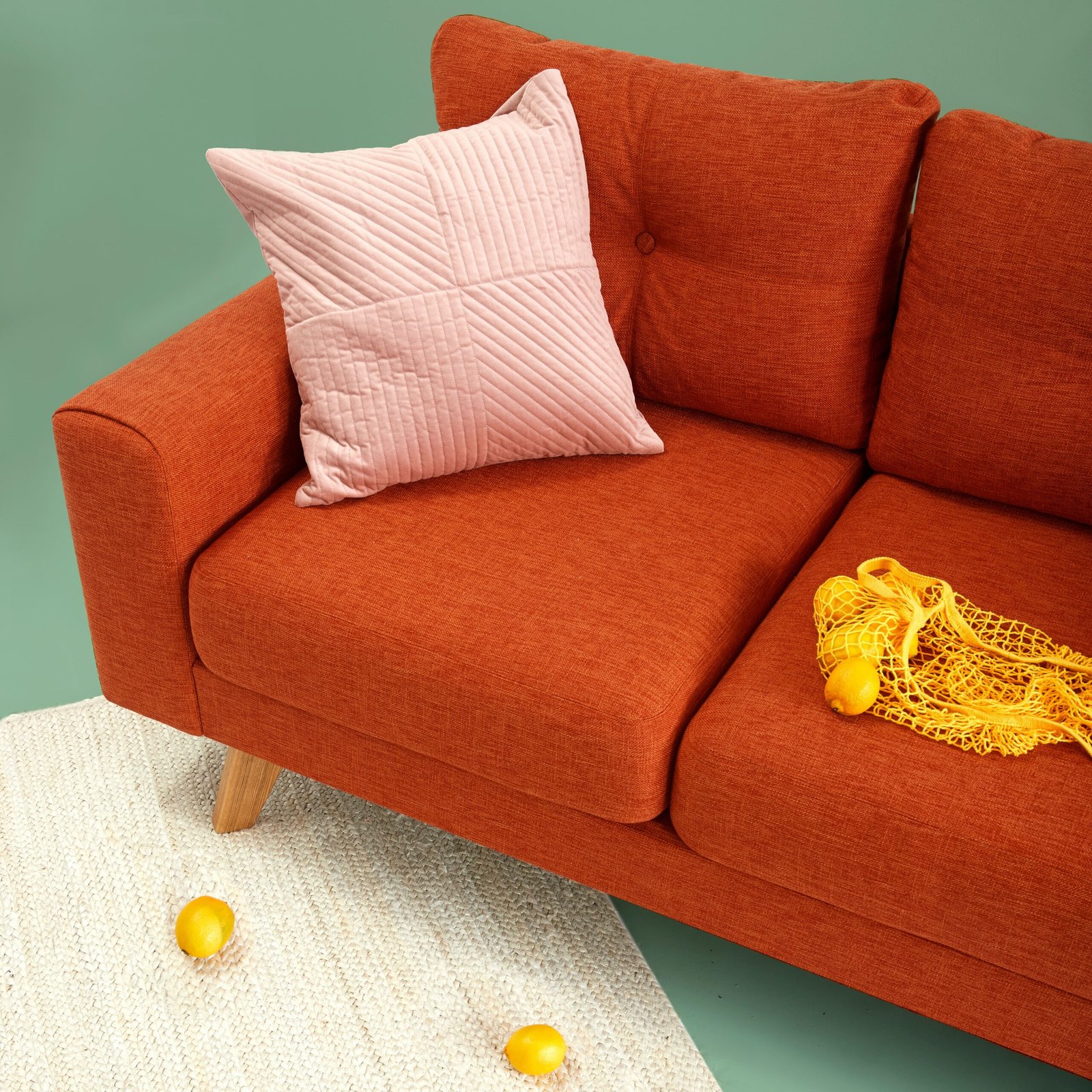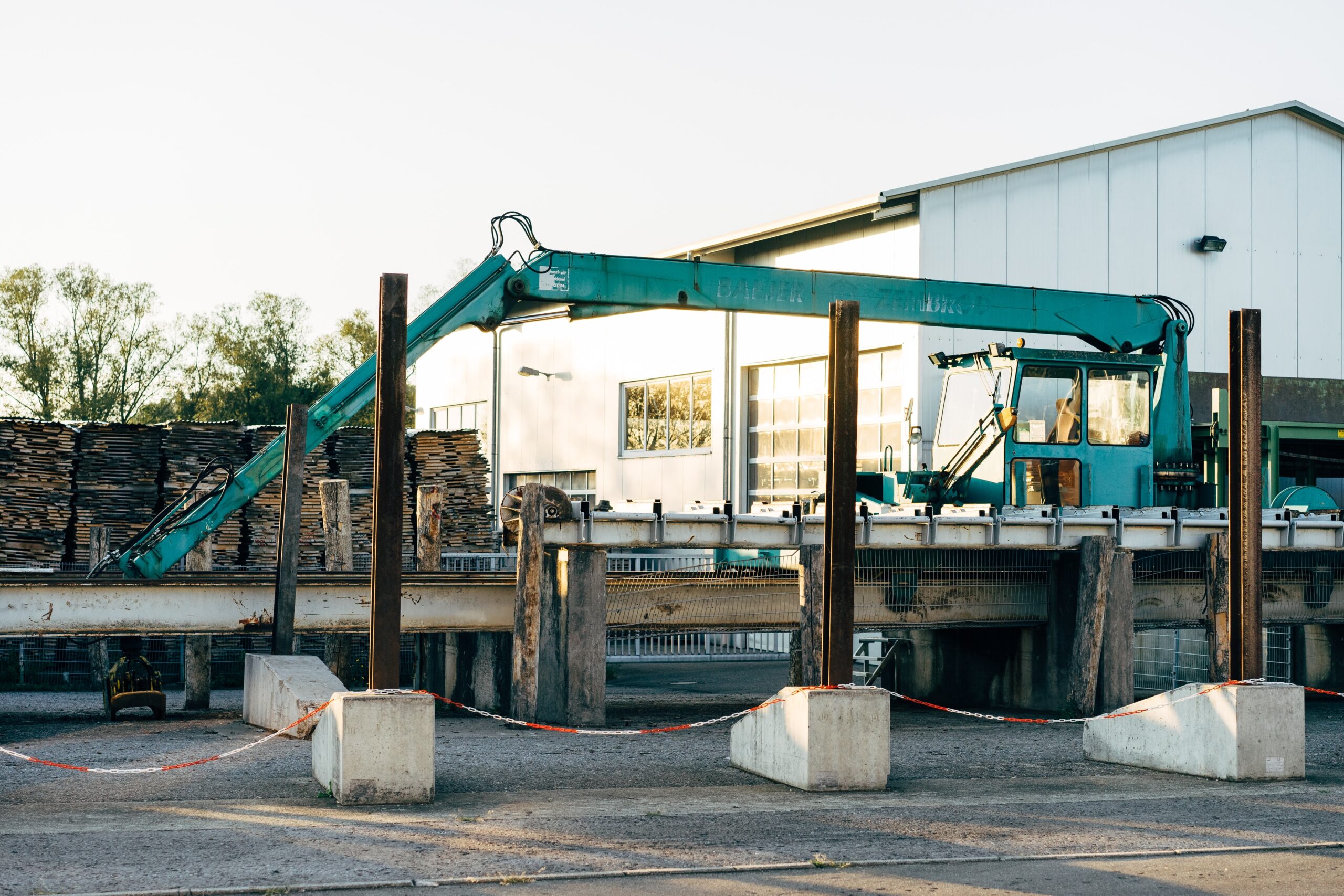
How Furniture Manufacturers Use Machining To Create Products
Machining is a process that uses tools to cut or shape the material into a desired final product.
Furniture manufacturers use machining to create everything from restaurant chairs and tables to beds and dressers.

There are many different types of machining, each with its own set of specialized tools and techniques. In this blog post, we’ll take a look at some of the most common types of machining used in furniture manufacturing and how they are used to create different products.
What are machining and what types of materials can be machined
machining is a manufacturing process in which parts are cut from raw materials using power tools, such as lathes, milling machines, and drilling machines. Commonly machined materials include metals (steel, aluminum, brass), plastics (acrylic, polycarbonate), and woods (oak, walnut, cherry). More exotic materials such as glass, ceramics, and stone can also be machined. In general, the harder the material, the more difficult it is for the machine. As a result, machinists must thoroughly understand the properties of the materials they work with to produce strong and precise parts.
The history of machining
The history of machining dates back thousands of years, with early examples including the production of flint tools and the carving of stone statues. In more recent history, the development of machine tools in the 19th century led to a rapid increase in the capabilities of machining, with early examples including the production of firearms and steam engines. Today, machining is an essential part of manufacturing, with modern examples ranging from the production of medical implants to the fabrication of aircraft parts. As technology continues to evolve, the possibilities for machining are only likely to increase in the years to come.

How furniture manufacturers use machining to create products
In order to create high-quality furniture, manufacturers rely on a process called machining. This process involves using a variety of tools to cut, shape, and finish wood. First, the wood is cut to size using a saw. Next, it is sanded down to create a smooth surface. Once the wood is sanded, it is ready to be machined. Manufacturers use a variety of machines to create different furniture products. For example, a lathe can be used to create table legs or bedposts. A router can be used to create decorative features such as molding or inlay work. By combining different machining techniques, manufacturers are able to create a wide variety of furniture products.
The benefits of using machining in furniture manufacturing
Machining is a type of manufacturing process that involves the use of tools to remove material from a workpiece. This can be done using a wide variety of methods, including drilling, milling, and lathe work. While machining has traditionally been associated with metalwork, it can also be used to create furniture. In fact, machining offers a number of advantages for furniture manufacturing. Perhaps most importantly, it allows for creating precise and intricate designs that would be difficult or impossible to produce using other methods. Additionally, machining can be used to create smooth finishes and clean edges.
As a result, machined furniture often has a more polished and professional look than furniture made using other methods. Finally, because machining is a relatively fast and efficient process, it can help to keep manufacturing costs down. Consequently, furniture that is produced using machining is often more affordable than those made using other methods.
Examples of furniture that has been made using machining
A wide variety of furniture can be created using machining, from simple chairs and tables to more complex pieces such as cabinets and dressers. the type of furniture that can be made using machining is limited only by the imagination of the designer. Some common examples of furniture that has been made using machining include chairs, tables, dressers, and cabinets. These pieces can be made using a variety of different materials, including wood, metal, and plastic. With the help of a skilled machinist, almost any type of furniture can be created.

The future of furniture manufacturing and how machining will play a role
The future of furniture manufacturing is looking advanced and automated. Machining is playing a role in this industry by making the production process easier, quicker, and more precise. This technology is not only benefiting those who manufacture furniture but also those who purchase it. By automating the production process, machining can help to ensure that furniture is made to a high standard and that each piece is identical to the next. This can give customers peace of mind that they are getting a quality product that will last for years to come. In addition, machining can help to reduce waste and increase efficiency in the production process, meaning that furniture can be made more affordably in the future. As the furniture industry looks to the future, machining will play an important role in enabling manufacturers to meet the demands of an ever-changing market.
Machining is a process that has been used for centuries to create products from various materials. Furniture manufacturers have been using machining to create furniture for many years and the process has proven to be beneficial in creating high-quality products. With the advent of new technology, machining will continue to play an important role in furniture manufacturing and the industry is sure to see continued growth in the coming years.









Emilia
Now, in many ways, the process of developing parts is associated with CNC machines. CNC machines have many advantages. First of all, with the system of such machines, the machining process becomes fully automated, as a result of which the machining accuracy increases. And you can always find an important element for trouble-free operation here https://toolholdernow.com/
Patricia Dobs
In the realm of real estate, keeping current matters. Whether buying, selling, or investing, staying informed about market trends and regulations is crucial. However, beyond transactions, exemplary customer service sets professionals apart. It’s not merely about closing deals but also about fostering trust, understanding needs, and providing tailored solutions. From first-time homebuyers to seasoned investors, navigating the complexities of real estate requires more than expertise; it demands empathy and responsiveness. Ultimately, prioritizing keeping current matters ustomer service ensures clients feel supported and valued throughout their journey in the dynamic landscape of property transactions.